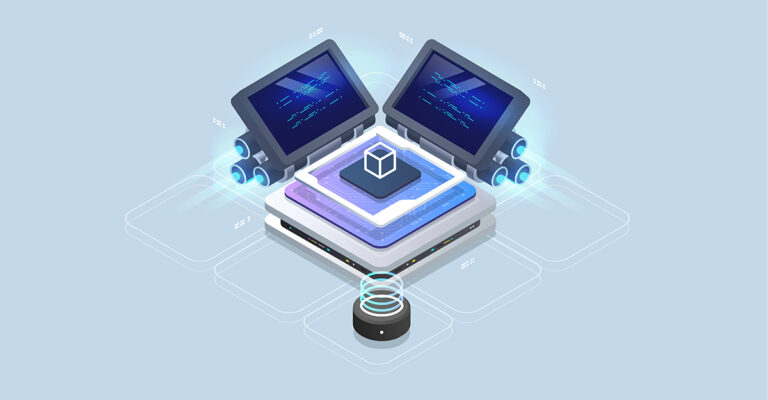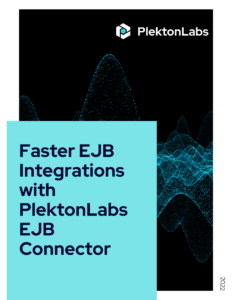Nowadays, it is almost impossible to talk about digital transformation and API-led connectivity without at least some mention of microservices. And why not? Microservice architecture makes it easier to develop applications more quickly, function on a pretty simple infrastructure, and are known for their resilience.
There are a number of other benefits to microservices, making them very useful digital assets. Microservice architecture is adaptable and versatile, so businesses can use them in different contexts. In addition, it gives developers lots of control as they create immersive online experiences for their customers.
But because of the breathtaking speed and flexibility microservices offer, it becomes easier to make mistakes and even misunderstand them. This post will look at what you need to know when building microservice architecture, and how you can understand it better.
Microservices in a Nutshell
Microservices are service-oriented architecture (SOA) with a bounded context. In simpler terms, they are a collection or set of loosely coupled services and can be deployed independently. Microservice architecture is owned by a team or organization, built around certain business capabilities.
What makes them so useful is how you can test and update these services or deliver complex applications without a deeper understanding or knowledge of how it all works.
Like everything else in IT, microservices are changing and are currently adopting a container ecosystem approach. Deploying microservices in containers allows you to use just one tool to deploy everything, making things much more convenient.
As always, it is important to monitor your microservice architecture to make sure everything is working as it should, and identify issues before they become major problems. Equally important are things like instrumentation and documentation.
Best Practices When Designing Microservice Architecture
When designing microservices, it is important to prioritize the aspect of reuse. However, it is important to remember that the potential for reuse should be doable instead of overly ambitious.
With a merit-based reuse approach, an emergent, flexible model is superior to a determined one. You should also opt for a communication model that decides how microservices need to be adapted for use beyond the original contexts for which they were designed.
Another thing to consider when constructing microservices is the maturity of your code. In other words, all your code should have the same type of maturity and constancy. For instance, say you have a deployed microservice that does its job but needs the addition of new code, or rewriting a portion of older code.
Instead of tinkering with the service, it is best to create a new microservice for the new code. The idea is simple: don’t fix it if it isn’t broken. Also, this way you can test the new code and fix any bugs without affecting the existing service. Later, when the new service is stable and functioning perfectly, you can merge it with the pre-existing one.
Furthermore, each service should have a degree of fault tolerance so that failures at the end of its collaborating services will have minimal effect on its own SLA. Because services tend to be independent of each other, they can cut off their link to poor service which prevents individual service failures from spreading through a larger or distributed system.
Lastly, make sure there is a different data store for each of your microservices. Instead, each data store should be suited for the microservice in question. While this might make data management more complicated, it pays off in the future.
Wrapping Up
Organizations implement microservices because of their simplicity of deployment and agile nature. However, with poor management, this architecture can result in disorganization and inefficiency. Products made with a microservice architecture must also be integrated with legacy technology stacks, and when done wrong, can create technical debt and incur operating costs for the IT team. Thus, establishing microservices in the right way will give your business a competitive advantage and boost innovation, driving digital transformation.




